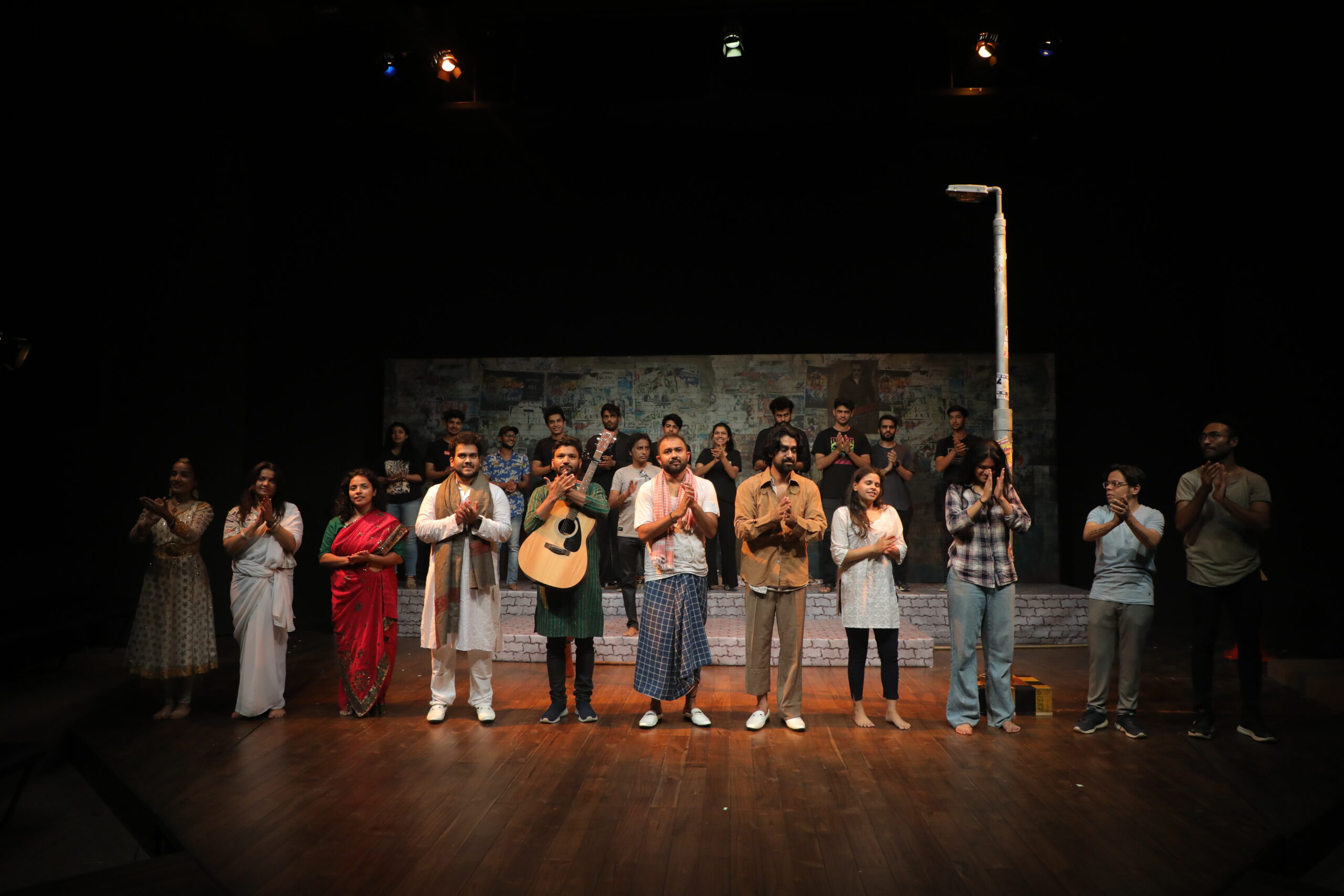Drama has always been an integral part of Indian culture, with theatrical arts dating back centuries. The vibrant colors, extravagant costumes, and dramatic performances have always been a crowd-puller. Over the years, the art form has evolved, and drama styles have changed with time. This blog will explore the various types of Indian drama and their unique characteristics.
1) Folk Theatre:
Folk theatre is probably the oldest form of drama in India. It is rooted in the traditions and customs of various communities and has a cultural significance. In North India, Ramlila is a prominent form of folk theatre that depicts the life of Lord Rama and is performed during the festival of Navratri. In South India, Koodiyattam is a popular folk theatre form that originates from Kerala and is performed in the Sanskrit language. Folk theatre is characterized by the use of music, dance, and colorful costumes.
2) Classical Theatre:
Classical theatre emerged as a form of entertainment for the royal families in ancient times. The style of acting in classical theatre is very different from the naturalistic acting we see today. Classical plays are typically elaborate and grand productions with a large cast, and the actors speak in a highly stylized and formal manner. The most famous classical theatre form in India is Sanskrit theatre, which dates back to the 4th century BCE.
3) Modern Theatre:
Modern theatre, as the name suggests, emerged during the British colonial period in India. The introduction of Western theater methods and techniques gave rise to a new form of drama that was relatable to contemporary audiences. Modern theater in India is characterized by realism and naturalism. It addresses social and political issues and often uses satire as a means of social commentary.
4) Street Theatre:
Street theatre is a form of drama that emerged in the 1970s as a means of voicing the concerns of the common man. It is a form of protest theatre that addresses social injustice, economic disparity, and political corruption. Street plays are performed in open spaces such as parks and streets and often involve audience participation. The underlying message of street plays is to create social awareness and encourage the public to take action.
5) Experimental Theatre:
Experimental theatre is a contemporary form of drama that is still in its infancy in India. It involves pushing the boundaries of traditional theatre and exploring new forms of storytelling. Experimental plays often involve new technology and multimedia, such as video projections and live sound manipulations, to create a unique theatrical experience. The goal of experimental theatre is to create an immersive experience for the audience that challenges their perceptions of reality.
In conclusion, Indian drama is a rich and diverse art form that has evolved over the centuries. From folk theatre to experimental theatre, each form has its unique characteristics and has contributed to the development of drama in India. Theatrical arts have been a means of entertainment, social commentary, and cultural expression. As the art form evolves, we can expect more fusion of traditional and modern theatre techniques. The beauty of Indian drama lies in its ability to continue to capture the imaginations of audiences worldwide.

